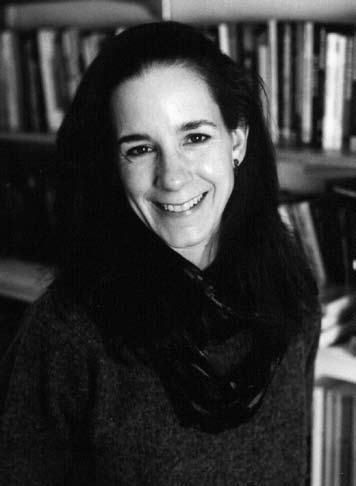Separate and Unequal
Amy Stuart Wells' study charts disparities among Long Island school districts.
A study by Amy Stuart Wells, Professor of Sociology and Education at Teachers College, finds alarming disparities among Long Island ’s school districts. Wells and her colleagues studied five different Long Island school districts, each representing a specific demographic trend, and conducted interviews with more than 75 school administrators, teachers, students, parents and school board members.
The study, commissioned by the Long Island Index, which gathers and publishes data on the Long Island region and is funded by the Rauch Foundation, found that school districts with more resources are able to generate higher levels of public funding and supplement that funding through private resources from parents, community members and other donors who are connected to the district.
In addition, the wealthier schools have greater ability to offer students wider selections of courses, better teachers and more access to opportunities. “In poorer schools, their ceiling is meeting state mandates,” Wells says. “For more affluent schools, the academic floor is even higher than the poorer schools’ ceiling.”
The study also showed that the types of support systems that students at wealthier schools typically have in place, inside and outside of school—and that students in less affluent districts often lack—help them through difficult times. And school and district reputations can become self-fulfilling prophecies on Long Island , with poorer districts unable to attract more affluent residents or more prepared educators.
“We found that in some wealthy districts, there were hundreds of applicants for a single teaching job, while in poorer districts just miles away, schools had difficulty attracting a single applicant for a teaching job,” Wells says.
As a result, Well says that those reputations help legitimize the separation and inequality across districts that many on Long Island have decried over the years.
“Although this study is about Long Island ’s educational system, it is indicative of what is occurring in suburbs across our country,” Wells says. “The segregation that occurs here and the accompanying impact on education funding and quality typifies what’s happening across America
“What we hear in these voices—whether they are privileged, affluent white students in a low-needs district or educators struggling to provide an adequate education for the poorest students of color in a high-needs district—is how the separateness defines them and their educational opportunities.”
The report, Why Boundaries Matter: A Study of Five Separate and Unequal Long Island School Districts, was released on October 1. In addition to examining the structural inequalities among Long Island school districts, Wells and her research team highlight some options that could help provide all students greater exposure to an expanded array of opportunities, including:
• Giving the Nassau Board of Cooperative Educational Services a greater role in helping students cross school district boundaries and gain exposure to a more diverse mix of students by creating more “magnet” schools or expanded educational programs beyond the current array of vocational, special education and arts programs.
• Creating a series of “choice-oriented programs” that allows students to transfer between districts in order to attend a wider variety of schools.
• Finding innovative ways to make school district boundaries more porous, allowing the flow of students and teachers across them for special events, classes and programs.
• Looking to the New York Legislature to create policies and programs that support and sustain integrated educational opportunities.
Under the terms of the Long Island Index study, the names of the schools that were the focus of study were not released. However, the Long Island Index and TC did provide news media access to South Side High School in Rockville Centre, on Long Island , a school where nearly 40 percent of the school’s black and Hispanic students are candidates for the International Baccalaureate (IB) diploma, a two-year college-credit program similar to Advanced Placement.
Fifteen years ago, virtually no students of color at South Side were taking IB or AP courses. After the school opted to eliminate tracking, it now averages fewer than five dropouts per year, every student takes accelerated math and nearly all take calculus. Black and Latino students in Rockville Centre also have higher rates of earning the New York
“If the Island is to rebuild its economic engine and provide the high-quality jobs we were once known for, we have to address the economic and structural divide among our school districts,” says Nancy Rauch Douzinas, President of the Rauch Foundation and Publisher of the Long Island Index. “We cannot meet the needs of the future if we continue to allow today’s disparities to continue. Building 125 walls between 125 districts has led to great social injustice, intolerable property tax costs and will ultimately lead to failure.”
For the study, visit www.longislandindex.org.
To view a recent opinion piece by Wells on this topic, published in Newsday, visit www.tc.edu/news/7176.
Published Thursday, Oct. 29, 2009
